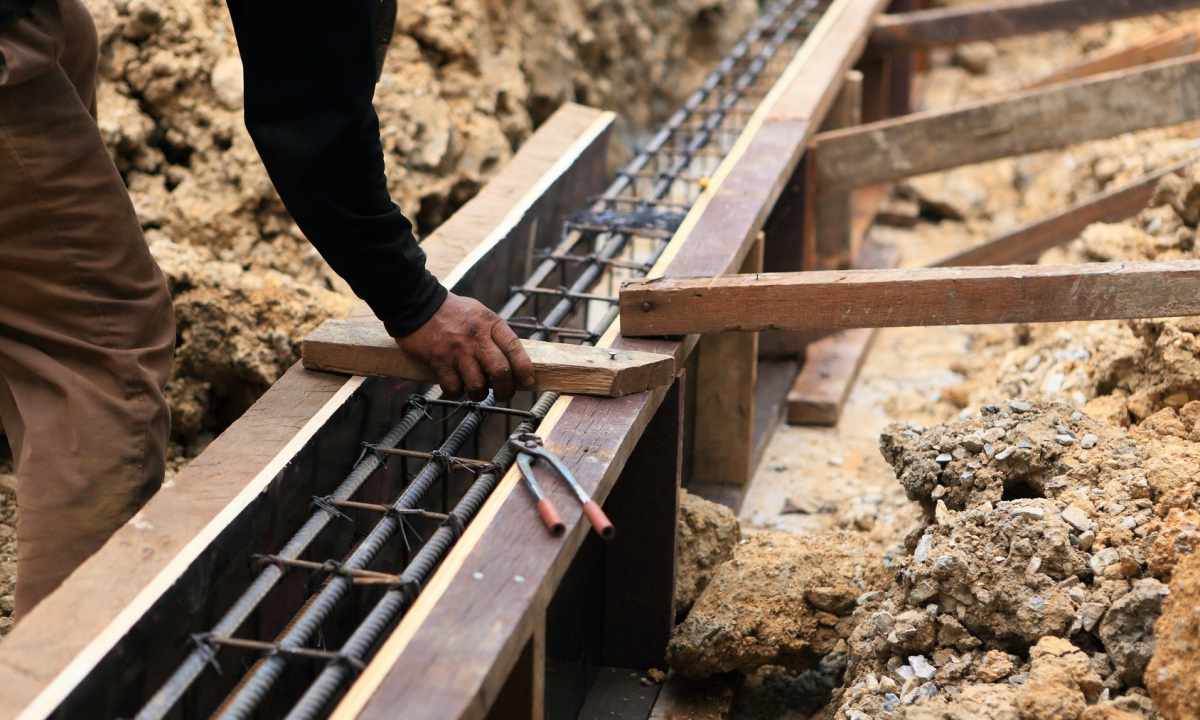There are such unpleasant cases when on walls of houses suddenly there are cracks which, despite all attempts to close up them, become wider and wider every year. If you are going to build the house and do not want to fall into state of the owner of the collapsing building, you have to approach the base device very responsibly. Depth of its bookmark belongs to the major parameters defining life cycle of all building.
- - Internet access;
- - calculator.
1. Determine the standard frost depth of soils in that area where you are going to lay the foundation, having used sketch map of frost depths of soil. It can be found on construction the websites.
2. Proceeding from value of standard frost depth of soil, calculate the rated frost depth depending on building operating conditions (heating mode). It is determined by formula Df = by k*Dfn where:
- Df – rated frost depth;
- Dfn – standard frost depth;
- Kn – the coefficient considering conditions of the thermal mode of the building (undertakes from SNiP2.02.01-83).
3. Define soil type in the site. For this purpose dig out hole on the site where the foundation will be laid, and take soil samples. On impact on the base soil is separated into several groups. The first are rocky breeds, gravel sands of average and big fineness, macrofragmental breeds with sandy filler. Dusty and fine sands belong to the second group. The third - sandy loams. And, at last, the fourth group is clays, loams, macrofragmental breeds with dusty and clay filler. The same soil can have various indicators of fluidity which also influence condition of the base. The type of soil can be defined, having kneaded its sample in hands and having rolled from it cord. Try to give to cord the form of ring. If it has turned out whole – you have in hands clay if it was separated into several fragments – loam if the ring when turning was scattered on small parts – sandy loam. If you are at a loss in definition of type of soil independently, address the expert.
4. Determine the level of standing of underground waters. For this purpose drill the well of 2.5-3 m in depth on the site and lower to it metal or plastic pipe that the well did not swim away the earth. Check height of water at different times year. Two values of level are fixed – more deeply, than 2 meters from frost depth and is less than 2 meters.
5. On the basis of the obtained data (Df, level of underground water, type of soil) define necessary value of depth of the base (table 2 SNiP2.02.01-83). In case the level of underground water appears higher than 2 meters from the level of rated freezing, depth of the base is accepted not less rated frost depth (not less Df). If the level of waters is lower than 2 meters from the Df level, depth of the base is accepted by following:
- if soil is made large, by average or gravel sands – 0.5 meters;
- if soil represents dusty and fine sands and sandy loams – not less than 0.5 meters;
- at loams, clays, macrofragmental soil with dusty and clay filler – not less 0.5Df.

